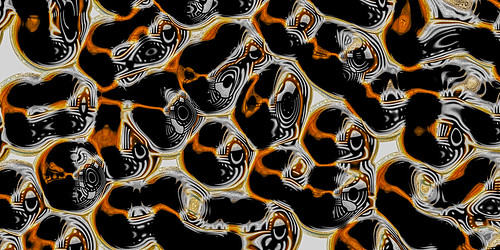(Sarah)
Rhizomatic learning is very subjective.
It’s up to you, not up to Dave, what gets to count.
The important thing is not to worry, but be content
to mess around, mix it up – play
around. Be warned – rhizomatic learning can be invasive
and you might find it affects your regular practice
(Maha)
So you wanna know about theory versus practice?
What counts as practice? Isn’t that subjective?
Theory can be invasive
but which kind of theory counts?
rhizo-practice is the fun we have when we play
Focusing on connection not content
(Nick)
I wanted to learn but I wasn’t content
with the dull monotone of the usual practice,
I felt that I needed new spaces to play
and explore my own paths, though they might be subjective.
So I found for a metaphor, a fresher account,
a resilient notion that’s clearly invasive.
(Autumm)
Who determines what is considered invasive?
And could this be more than plants? Animals? Could this be content?
Earworms, forking ideas, blogs turn to radio. Count
how many times it breaks and heads off. Practice
connecting someone else’s thinking to your subjective
And don’t forget how important it is to play
(Tania)
The pulse of the rhizome we feel as we play.
To us it’s energizing, to others invasive.
Unleashed we reach into unexplored spaces always subjective
And what is created and must surely be content
is reshaped constantly as is our practice.
To whom the ideas belong does not even count.
(Wendy – Bill jumped your claim)
(Bill)
Two. Four. Six. Five. Three. Count
Not the hours. Instead, play.
Perfect will not practice
Make. Explore. Invade. I’ve
Switched freedom for content,
My subject, the subjective.
(Lisa)
Questions (beyond counting) are more invasive
than answers. We learn through playing with content
and share a practice that is inherently subjective.








